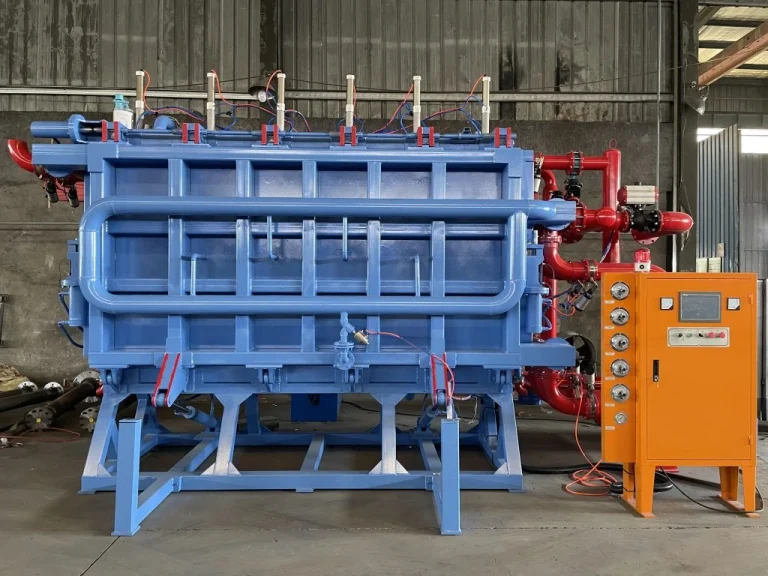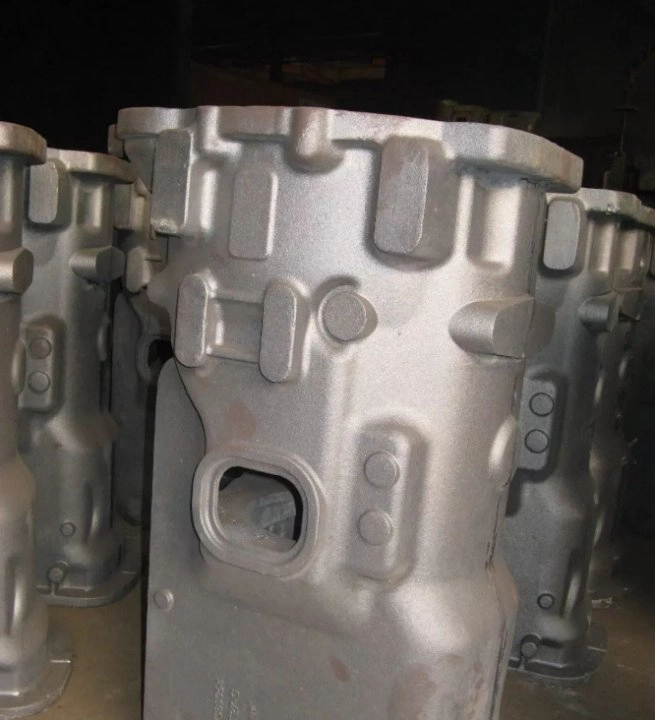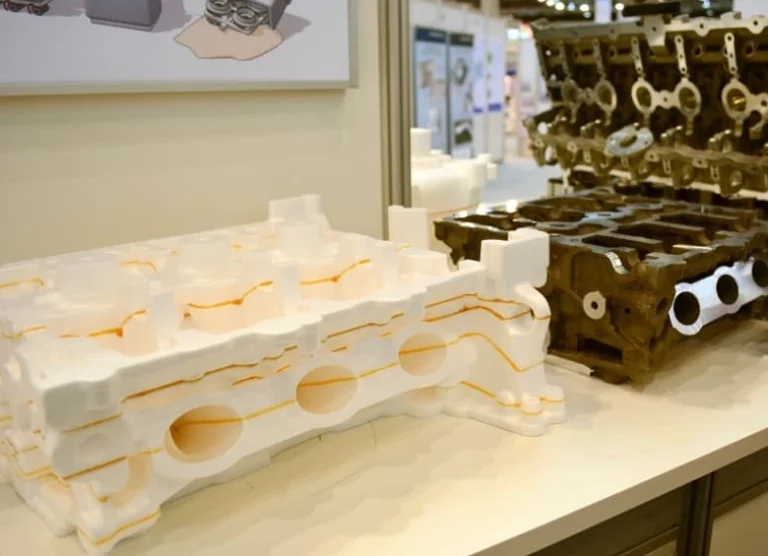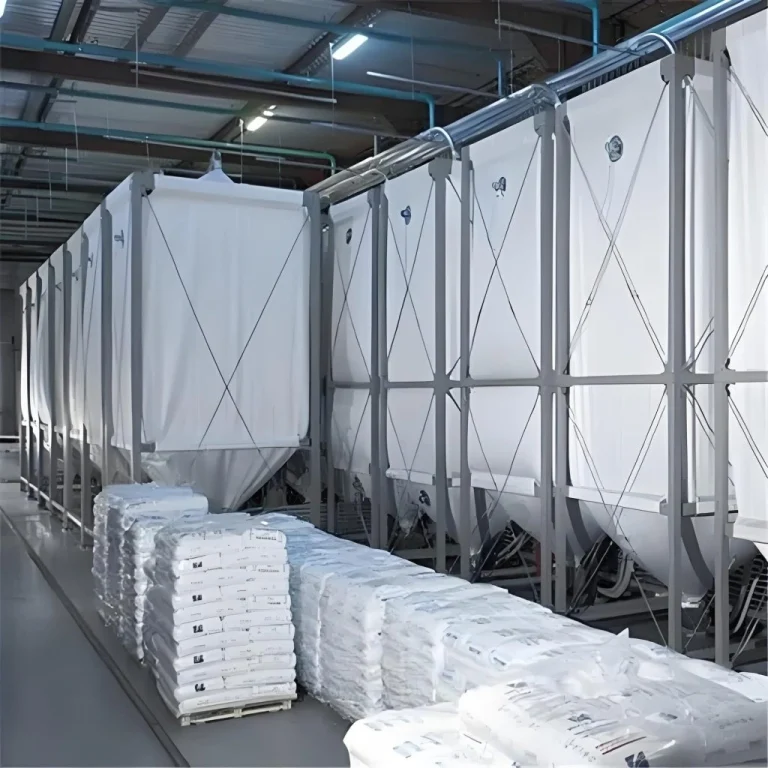Foam Pattern Material
Polystyrene: Features and Uses
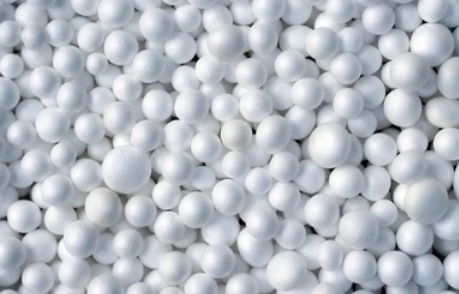
Polystyrene is the top choice for foam in lost foam casting. It’s super steady in size and easy to shape. This material is light and cheap. It gives a nice, smooth finish on the final cast item. Polystyrene burns away clean during lost foam casting, leaving hardly any junk behind. That makes it perfect for this job. It works great in lots of places, like car and machine making, where being exact and quick matters a ton.
Polymethyl Methacrylate (PMMA): Perks and When to Use It
PMMA isn’t used as much as polystyrene, but it’s stronger and more exact. These traits make it good for tricky, super-precise castings. PMMA costs more, though, and is a bit harder to work with. You’ll usually see it in jobs needing top-notch precision and toughness, like parts for planes or fancy factory pieces.
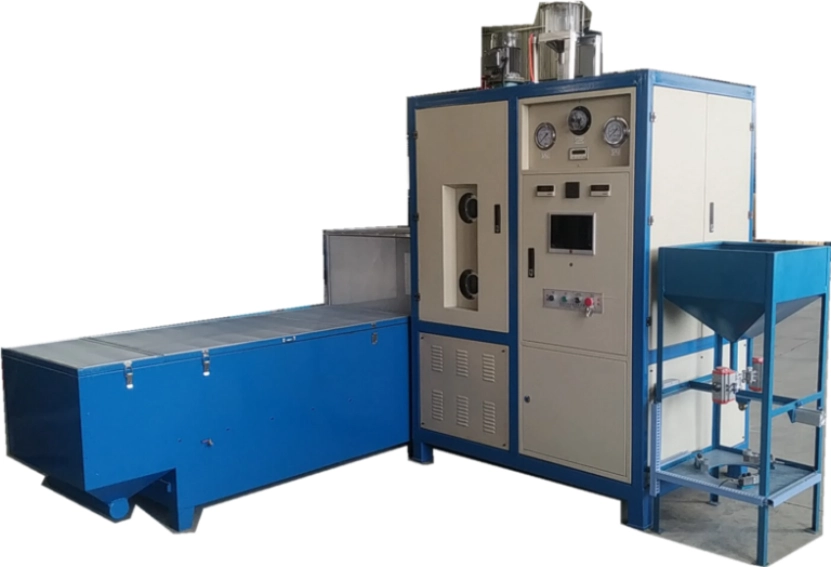
Coating Material
Refractory Slurry: What’s in It and What It Does
Refractory slurry is a mix of heat-proof bits, sticky stuff, and water. It coats the foam pattern in lost foam casting. The bits are often things like aluminum silicate, zircon, or silica. You pick them based on how much heat they can take and what kind of finish you want. Sticky stuff, like colloidal silica or clay, makes a strong, even coat. This coat keeps the hot metal from messing up the mold. It holds the shape and texture just right.
Ceramic Shell: Why It’s Great for Precision
Sometimes, a ceramic shell is better because it handles heat well and makes finer details. Ceramic coats shine when you’re using super-hot metals or need a super smooth finish. They’re tough enough to let makers create fancy designs with few flaws. This makes them a must for places needing exact work, like high-tech engineering.

Metal Alloy Selection
What Ferrous Alloys Are Like
Ferrous alloys cover things like cast iron and steel types. Cast iron is awesome for how easy it pours and its strong traits. It’s used a lot for car parts, pipes, and machine bits because it’s tough and cheap. Steel alloys give extra strength and resist wear better. They’re great for jobs needing serious sturdiness, like building tools, big machines, or structure parts.
How Non-Ferrous Alloys Fit in Casting
Non-ferrous alloys include materials like aluminum, magnesium, and copper. Aluminum alloys are loved for being light and not rusting easily. They’re big in plane-making where cutting weight without losing strength is key. Magnesium alloys mix low weight with big strength. They’re perfect for car parts aiming to save gas. Copper alloys carry electricity well and don’t rust. They’re vital for electrical bits like connectors or busbars.
Material selection is a huge deal in making lost foam casting work right. By knowing what each material—like polystyrene or PMMA foams, refractory slurry or ceramic coatings, or metal alloys—can do, makers can get the best results for specific factory needs.
Sand Selection for Molding
Common Uses of Silica Sand
Silica sand is the go-to sand for lost foam casting because it’s easy to get and doesn’t cost much. Its traits make it great for all kinds of metal casting jobs. Silica sand lets air through well and stays steady in heat. These are must-haves for keeping the mold strong during lost foam casting. They make sure hot metal flows smoothly into the mold without causing bumps or flaws. Plus, silica sand can handle crazy-high heat. That makes it awesome for making tough, exact castings.
Silica sand is used everywhere because it works for so many things. From car parts to heavy machine pieces, it helps make tricky designs with solid results. Being cheap just makes it even more popular. It’s a top pick for makers who want quality without spending too much.
Special Uses of Zircon Sand for Hot Casting
Zircon sand is picked for its great heat-moving ability and low stretching in heat. These make it perfect for lost foam casting jobs needing tight heat control and few mistakes. Zircon sand is especially good for super-hot metals and jobs wanting super smooth finishes. It keeps shapes exact even in extreme heat. This makes sure the final piece hits tough standards.
Places like plane-making and energy companies lean on zircon sand for its special skills. This material’s strength lets makers get amazing detail in castings. It cuts down on fixes after casting. Zircon sand costs more than silica sand, but its perks often make it worth it when precision and performance can’t be skipped.
Additives and Binders in Lost Foam Casting
Why Bentonite Clay Helps Molds Stick
Bentonite clay is a common binder in sand molds. It makes the sand stick together better and keeps the mold steady. This natural material makes the mold strong by holding sand grains tight. The result is a tough mold that can handle the push from hot metal during lost foam casting.
Bentonite clay also helps get smoother finishes on cast stuff. By cutting down on cracks or weird shapes in the mold, it keeps things steady over lots of making rounds. It’s cheap and easy to use, so it’s a big part of lost foam casting work.
High-Heat Perks of Silica Sol in Coatings
Silica sol is a binder in refractory coatings. It sticks the coating to the foam pattern better and holds up in super-hot conditions. This fancy material keeps the coating solid during lost foam casting, even in crazy heat. Its strong sticking power stops issues like peeling or flaking. Those could ruin the final piece’s quality.
Silica sol also makes surfaces smoother by creating a cleaner connection between hot metal and the mold. This is a big deal for making parts with tiny details or strict size needs. Places like car-making love silica sol for high-quality castings.
Ouchen Technology Lost Foam Casting Equipment

Hangzhou Ouchen Technology Co. , Ltd. makes top-notch machine built just for lost foam casting. Their fully automatic pre-foaming machine is a game-changer. It gives even-density foam materials needed for exact molding. The intermittent pre-foaming machine makes sure EPS materials puff up evenly without clumping. This is key for steady results over many runs.
Their hydraulic vertical foam molding machine boosts speed with stuff like PLC auto-control and far-off system tweaks. This machine lets makers churn out stuff fast while keeping it super precise. It uses tricks like vacuum cooling to stay accurate. By adding these smart tools to their work, makers can cut downtime and get awesome quality.
Also, Ouchen Technology’s central vacuum system makes cooling better by keeping steady low pressure during molding. This system speeds up cooling and keeps molds dry. It helps keep shapes steady after casting. These upgrades show Ouchen Technology’s focus on giving cutting-edge tools that fit what factories need.
By using Ouchen Technology’s special machine and picking materials like silica or zircon sands carefully, makers can boost their work. They can hit tough quality marks in lost foam casting processes.
Using smart machine from Ouchen Technology takes it up a notch. Their machines make sure every step, from foaming to cooling, is spot-on. This cuts waste and boosts quality. By pairing the best materials with top tech, lost foam casting can deliver awesome results for all kinds of industries.

